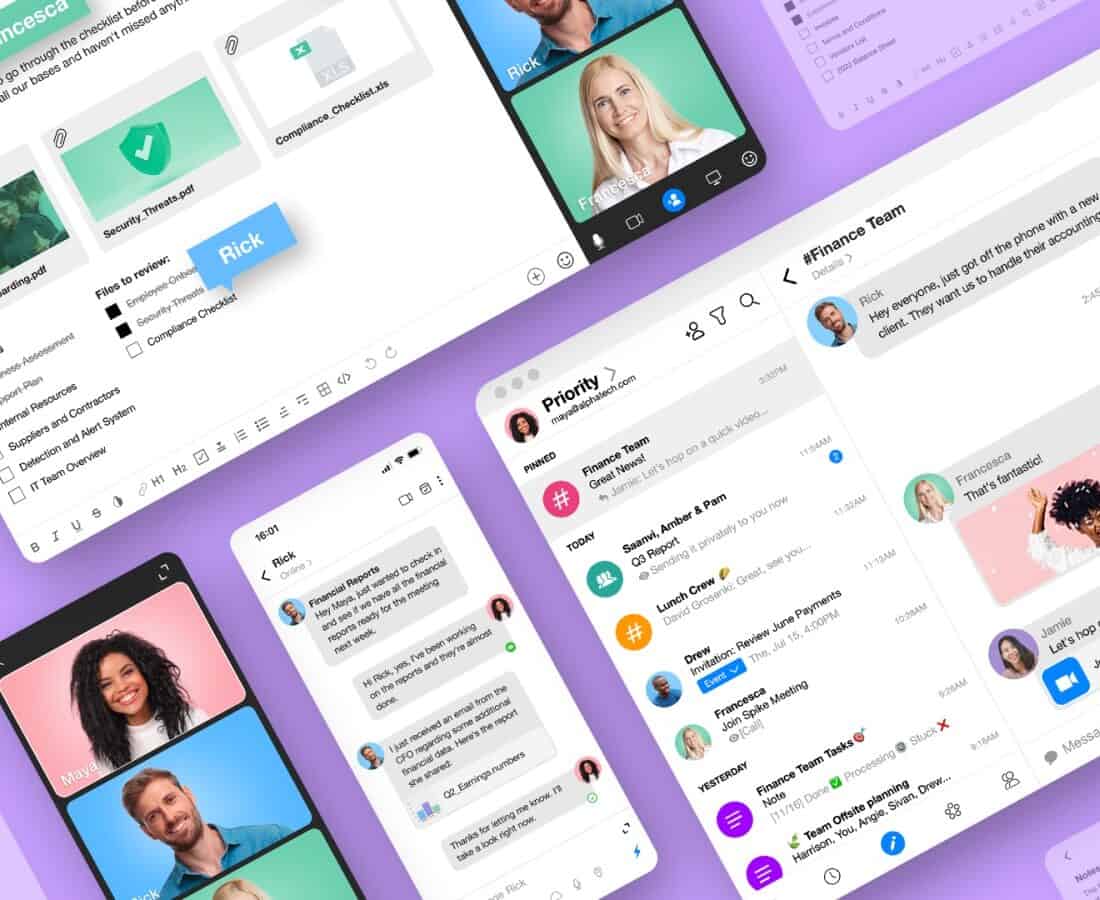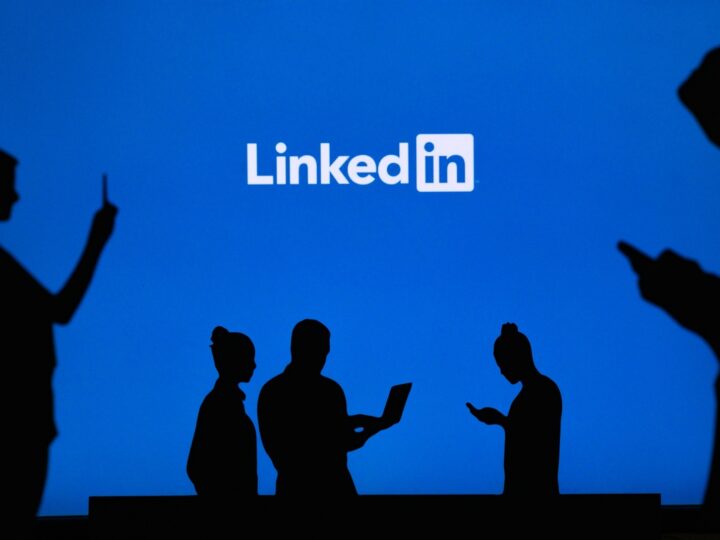It’s a problem nearly everyone who uses technology today faces. Let’s call it “communication chaos.”
A message notification briefly appears on your phone or computer before fading into the background. Now, which app was that? Gmail? Messenger? WhatsApp? Telegram? iMessage? Slack? Microsoft Teams? Google Meet? Zoom?
It’s an issue for individuals, but in business communication it has real-world financial consequences. Lost time searching for messages on fragmented communications platforms translates into $12,506 a year per employee in reduced productivity.
In a survey conducted in 2022, the consulting firm Mio found that 91% of businesses use a least two messaging apps – each a closed environment for registered users — to communicate and collaborate with colleagues, clients, vendors and partners.
The resulting “context switching” knocks us off task and it takes an average of 23 minutes and 15 seconds to get back to that task, according to a University of California study. The average worker toggles between apps at least 10 times an hour. Searching for data across apps eats up another five hours a week.
Dvir Ben-Aroya, the CEO of Spike, a communication platform he cofounded with Erez Pilosof, is determined to bring it all under one unified roof.
Want to send an email or a text? It’s right there in the Spike interface. No more searching for the right app.
Want to launch a video call? Just click on a colleague’s name in Spike.
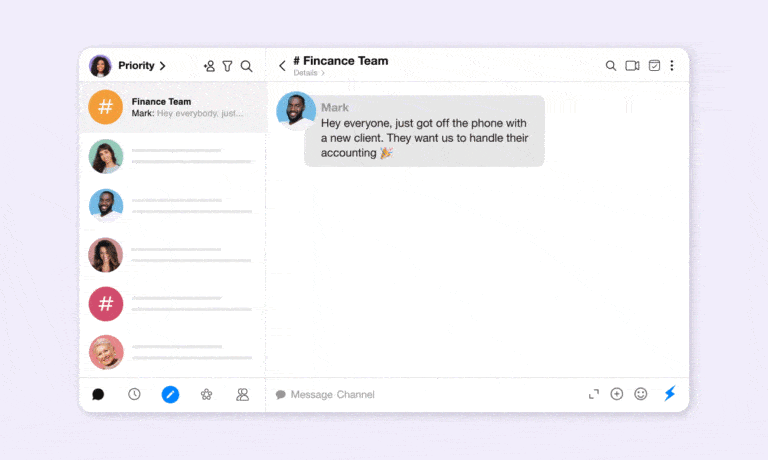
Can’t remember which app delivered a particular message? Spike has a universal search so you can find what you’re looking for right on its platform.
Need to write a note while you’re video chatting? There’s a note app built-in; no more tab-switching to Evernote.
Spike requires only your personal or corporate email address to get started. It then uses standard email protocols to load your message history. Once you’re in Spike, you don’t need to leave.
Instant messaging
When Spike got started in 2018 – you might remember it by its previous moniker, “Hop” – the company’s aim was to make email look more like chat.
Instead of long and unwieldy threads, Spike presents messages as “bubbles,” like Meta’s WhatsApp and Messenger or Apple’s iMessage.
“Young people love instant messaging,” Ben-Aroya tells ISRAEL21c. “They ask, what’s this boring Outlook that older people are still using?”
Spike’s first five years were all about developing this email-specific client for individuals. It quickly secured a niche with 1.3 million users, including “10,000 paying customers,” Ben-Aroya says.
In June 2023, the company expanded its reach by debuting Spike for Teams, its corporate offering.
With its conversational interface, Spike may be more enjoyable for users than legacy email clients, but companies looking to boost their bottom line should appreciate the price.
“An organization using Zoom, Monday, Google, Notion and a bunch of other apps will spend up to $200 per employee per month,” Ben-Aroya says. “With Spike, it costs just $6 to $9 per person a month. The first five employees are free. There’s no need to support 100 different communications apps inside an organization. This helps simplify communication to one or two apps at most.”
Homegrown interfaces

We’ve seen unified communication apps before, such as Station, which integrates nearly 700 apps and websites into a single interface.
Spike takes a different approach, Ben-Aroya says. Everything – other than email – is entirely homegrown by the Spike team.
So, when you want to fire up a video call in Spike, you don’t use Google Meet or Microsoft Teams but a custom Spike-made video conferencing app.
You can still use Zoom, of course – in fact, that’s how we spoke with Ben-Aroya. Nor is anyone at Spike saying you can’t use WhatsApp anymore, although Ben-Aroya cautions that the line between WhatsApp for personal and business has blurred.
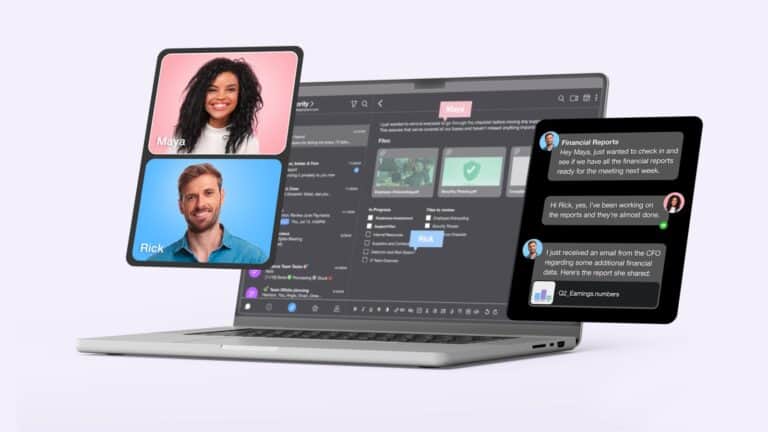
That’s a problem.
“If an employee leaves the company, his or her WhatsApp data stays on the device,” Ben-Aroya says, constituting a potential security breach.
Ben-Aroya notes that in the United States, legal and financial firms are not even allowed to use iMessage or WhatsApp, only email.
If you want to be in touch with someone outside your company who doesn’t use the app, Spike sends a link that opens the chat or video in a standard browser window. Similarly, an email sent from Spike to a non-Spike user appears as a regular email.
Fierce competition

Despite Spike’s advantages, it competes with… well, pretty much everyone – Google, Slack, Microsoft.
But Ben-Aroya is determined. “Someone must do the job to challenge these giants,” he explains. Spike aims to position itself as “the third force in communications following Google and Microsoft.”
That would seem a tall order for a 30-person company in Herzliya that’s raised just $30 million, a not-insignificant number, but peanuts compared with the billion-dollar market caps of its Silicon Valley and Seattle counterparts.
Surprisingly, Ben-Aroya says he’s had discussions with executives from some of these companies. He claims that they “enjoy and admire what we’re building. They like our ability to communicate outside the organization and the fact that it uses your existing email. I’m not saying throw out your Slack or Outlook, but there are many companies that are feeling tired from this communications chaos.”
Email addresses still relevant
Ben-Aroya credits his cofounder, Pilosof, for the idea of combining email and instant messaging. Before Spike, Pilosof worked for 12 years as deputy CEO and CTO of Walla’s email service.
The Covid lockdowns, ironically, “worked well” for Spike, Ben-Aroya admits. “When people started working remotely, they needed better tools to be in touch with their coworkers.”
And although Gen Z and millennials preferring social-media communication channels to emails, everyone still needs an email address to sign up for those services and even to help keep your e-commerce shopping safer.
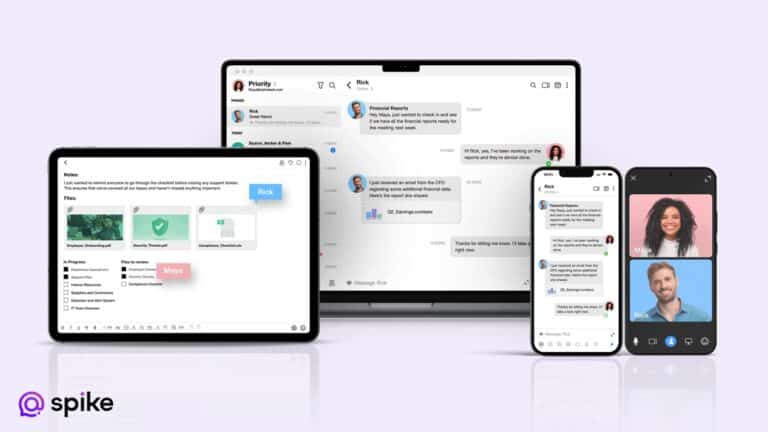
Email’s continued popularity is borne out in data: The tech research firm Radicati reports that more than half the world’s population, some 4.2 billion people, use email and the number of messages sent daily is growing by 4% compared to the previous year.
That bodes well for the future of Spike, the “email plus everything service” that hopes to be your next Gmail, Zoom and Slack, all bundled up in one convenient and cheaper package.
Ready to Spike it? Click on the company website.




